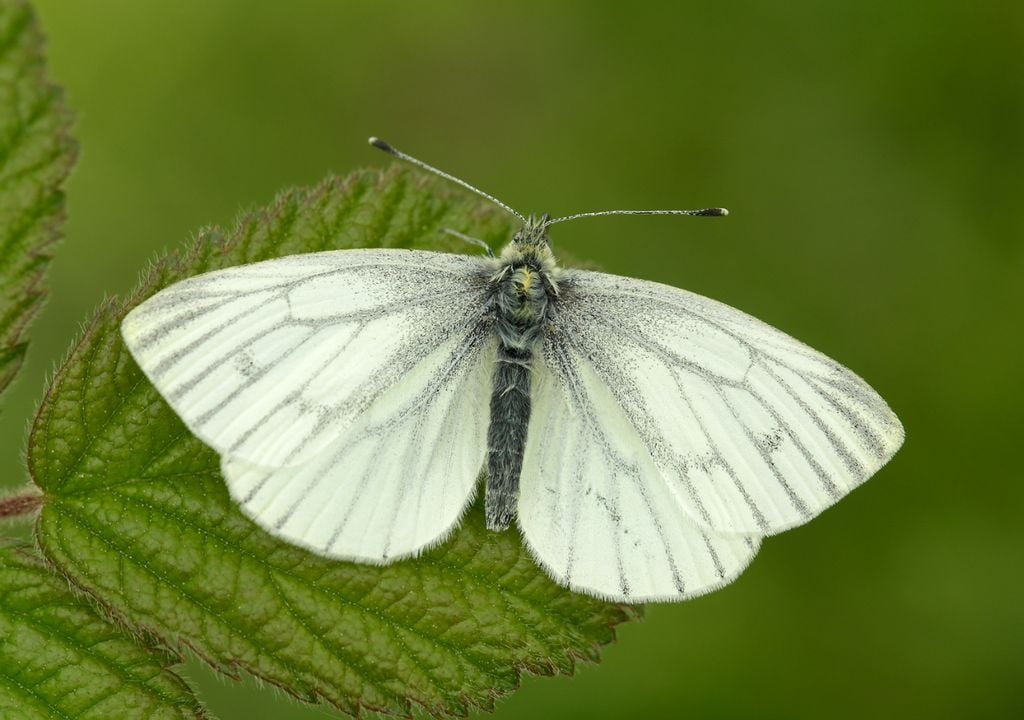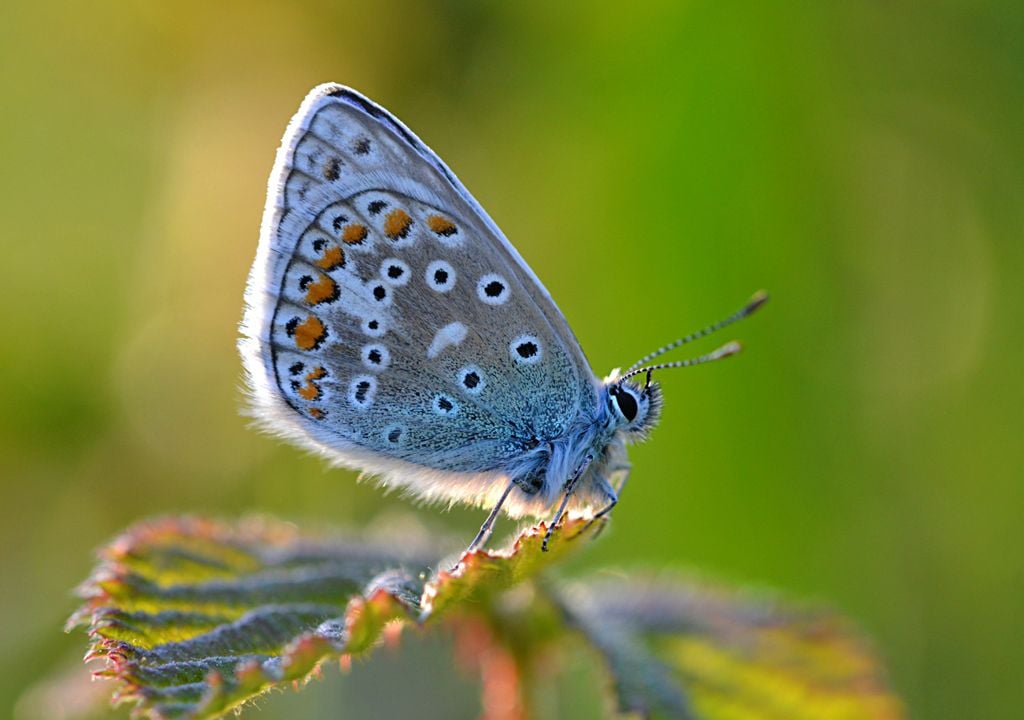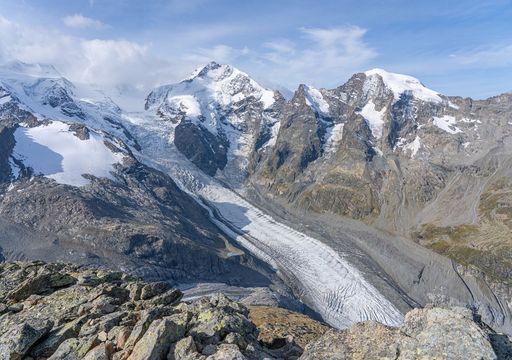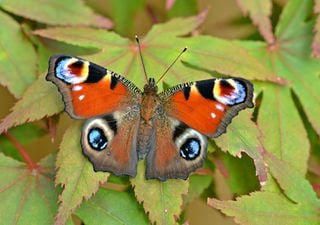Nature Emergency: Big Butterfly Count results reveal lowest numbers on record
Wildlife charity Butterfly Conservation has declared a national ‘Butterfly Emergency’, after the summer’s Big Butterfly Count showed a hugely concerning decline in numbers.

Butterfly Conservation’s Big Butterfly Count saw the lowest number of butterflies spotted in its 14-year history, leading the wildlife charity to urge the Government to declare a ‘Nature Emergency’ and ban toxic neonicotinoid pesticides, before it’s too late.
Dramatic decline
Between 12th July and 4th August, a total of just over 935,000 butterflies and day-flying moths were recorded across the UK, down almost 600,000, equivalent to more than a third of last year's total. 81% of species showed declines in the number seen this year compared with 2023.
A third of species had their worst year on record ever, and not a single butterfly was reported in over 9,000 Big Butterfly Counts, the highest in the citizen science programme’s history. Overall, participants spotted just seven butterflies on average per 15-minute Count, a reduction of almost 50% on last year’s average of 12,
“The previous lowest average number of butterflies per Count was nine in 2022, this latest figure is 22% lower than that, which is very disturbing,” says Dr Richard Fox, Head of Science at Butterfly Conservation. “Not just that, but a third of the species recorded in the Big Butterfly Count have had their worst year on record, and no species had their best. The results are in line with wider evidence that the summer of 2024 has been very poor for butterflies.”
Who fared worst?
Several species fared poorly, including the for Common Blue, Holly Blue, Green-veined White, Small White, Small Tortoiseshell, Painted Lady and Scotch Argus, who had their worst summer in the Count’s history.
The Green-Veined white saw the biggest decline, of 65% over the 14 years, followed by the Small Tortoiseshell, which say a decline of 59% over the same period, and Common Blue, with a decline of 52%
“Butterflies are a key indicator species; when they are in trouble we know that the wider environment is in trouble too,” explains Fox. “Nature is sounding the alarm call. We must act now if we are to turn the tide on these rapid declines and protect species for future generations.”

Butterfly Conservation is writing an open letter to Steve Reed, Secretary of State for Environment, Food and Rural Affairs, urging the Government to declare a ‘Nature Emergency’ and ban butterfly-killing neonicotinoid pesticides once and for all, with no exceptions.
Fox says that when used on farmland, these chemicals “make their way into the wild plants growing at field edges, resulting in adult butterflies and moths drinking contaminated nectar and caterpillars feeding on contaminated plants.”
“Many European countries have already banned these chemicals, it’s time for the UK to follow suit and put the natural world first,” he continues. “If we don’t act now to address the long-term drivers of butterfly decline, we will face extinction events never before seen in our lifetime.”








